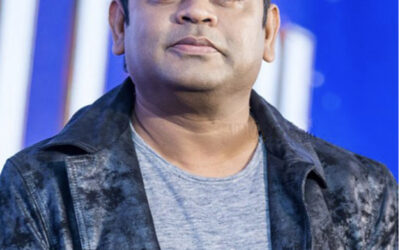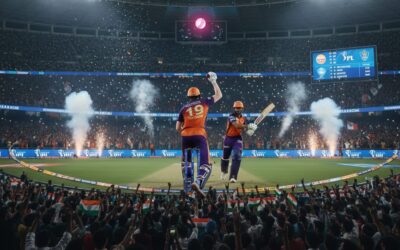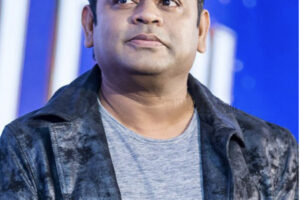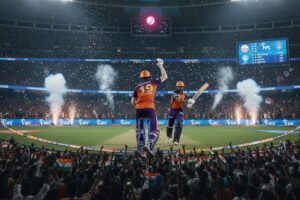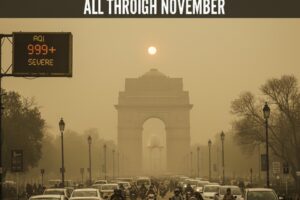When Frustration Turned Into One of Bollywood’s Iconic Moments — RGV, Rahman and the Story of “Hai Rama”

The Trouble Beneath the Tunes
Decades after the success of Rangeela, RGV laid bare a truth many fans don’t know: the path to what became a legendary soundtrack was anything but smooth. He confessed that during the composition of “Hai Rama,” there came a moment when he felt such intense frustration, he “wanted to hit” Rahman.
According to the filmmaker, they had retreated to Goa to compose the song. Over five days, Rahman repeatedly delayed the final tune: on the first day he asked for more time, next day another excuse, and by the fifth day — still nothing. RGV recalled how Rahman even told him later that hotels with TVs were a distraction.
Doubt. Confusion. And a Composition That Didn’t Make Sense — At First.
The story gets richer: when Rahman finally sent the tune for “Hai Rama,” RGV was shocked. He had envisioned an “erotic number” — a sensuous, bold track, similar to another classic from the genre. Instead, Rahman sent what sounded to him like a “classical Carnatic raga.” RGV remembers calling Rahman and bluntly asking: “This is the song for that scene?” He couldn’t reconcile the melody with the visuals he had in mind. But despite doubts swirling in his head, Rahman stood his ground. He believed this was the right tone, the right mood for the moment. And RGV — stubborn and sceptical — reluctantly agreed to give it a chance.
When the Magic Happened: From Frustration to Forever Classics
Here’s the beautiful part of the tale. As the team began working on “Hai Rama,” something unexpected happened: the melody grew on them. What once seemed dissonant, confusing, out-of-place — started to feel right. Soon the tune got “stuck in [RGV’s] head,” as he put it. When picturised with the choreography, costume, and the energy of the actors, the song turned out to be nothing short of magical. It captured sensuality, longing, emotion — in a way Bollywood had rarely seen. And audiences loved it. Today, “Hai Rama” stands tall among the most iconic Bollywood songs of the 1990s. In hindsight, RGV admitted: sometimes — just sometimes — great art demands patience. Even when it hurts, even when you think you can’t wait anymore. Because what emerges at the end can be timeless.
A Note on Creative Differences — And Respect
RGV’s confession may sound harsh: “I wanted to hit him.” But I read it as a sign of how seriously he cared — not just about a film, but about honoring a certain creative standard. And Rahman’s calm patience shows the courage to stay true to his art, even when it’s uncomfortable. In that tension, something beautiful took shape.
Edited by- Shaurya Arora




